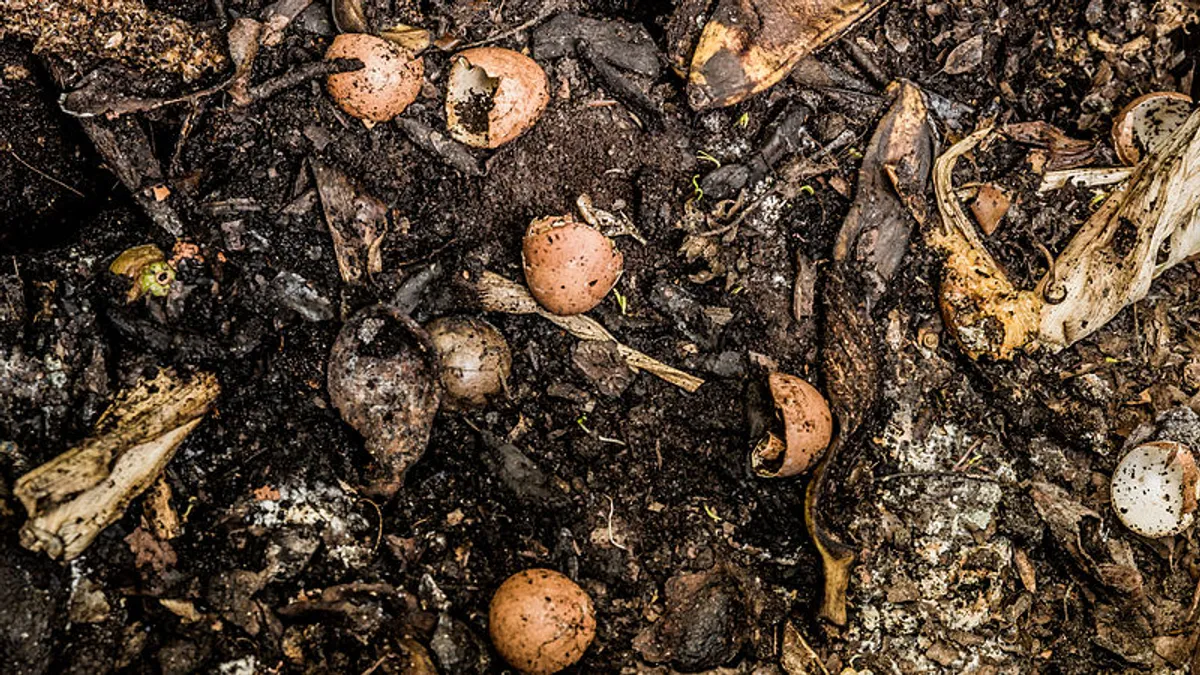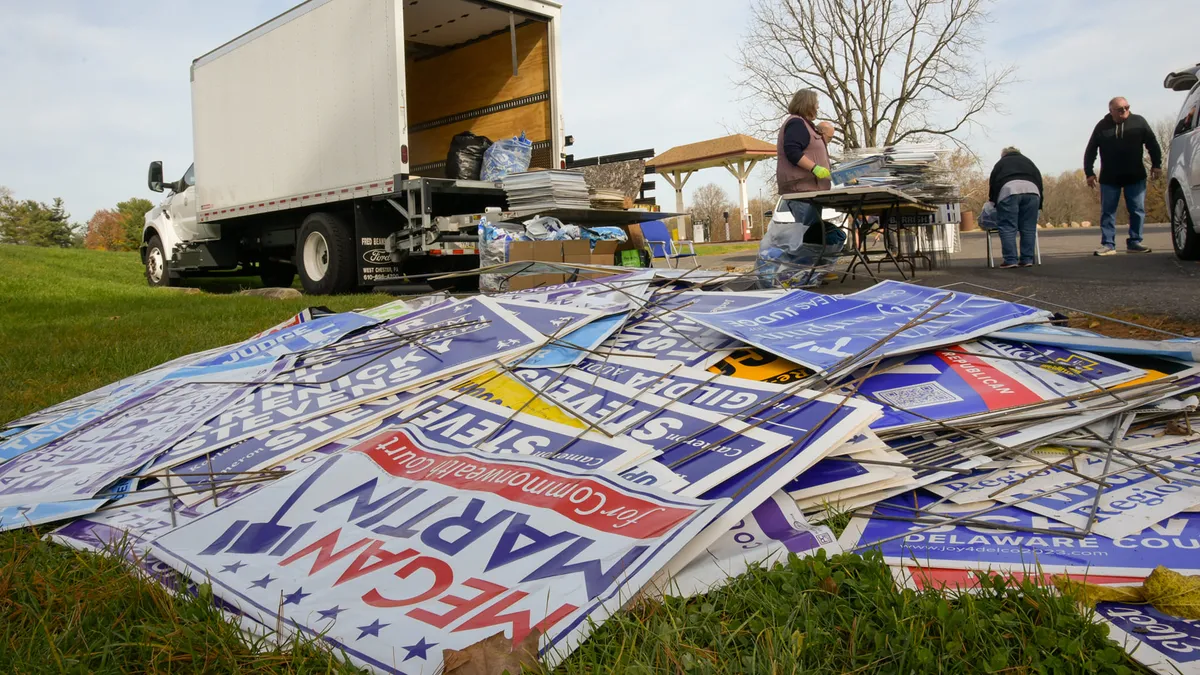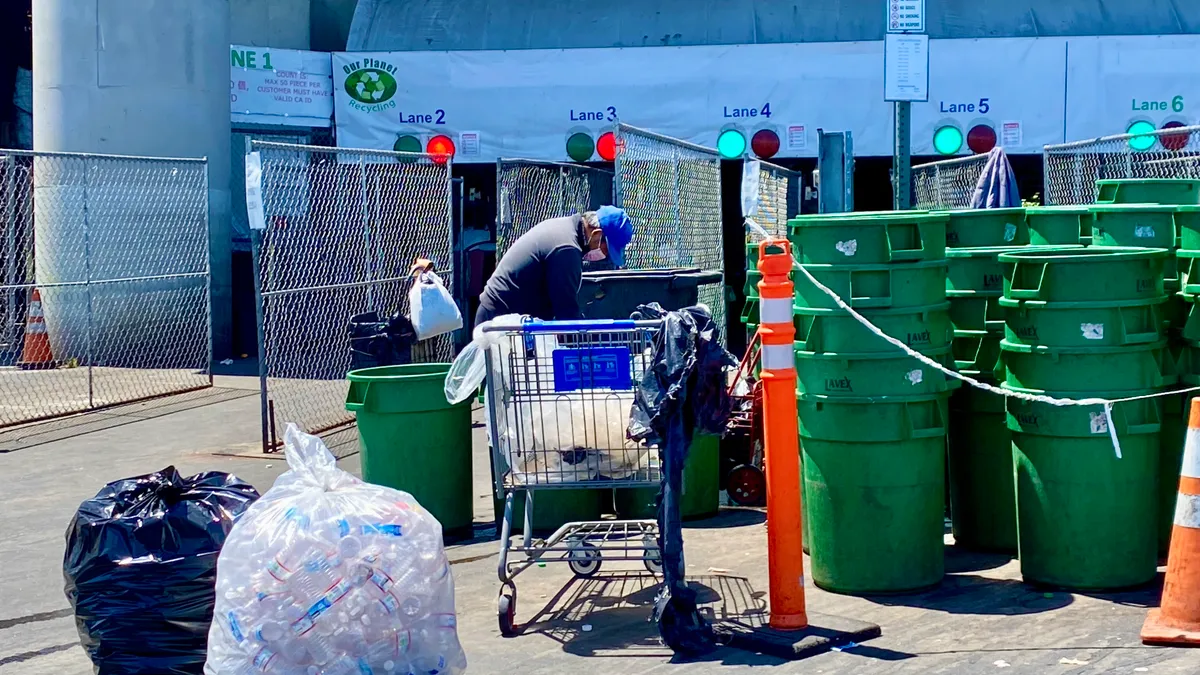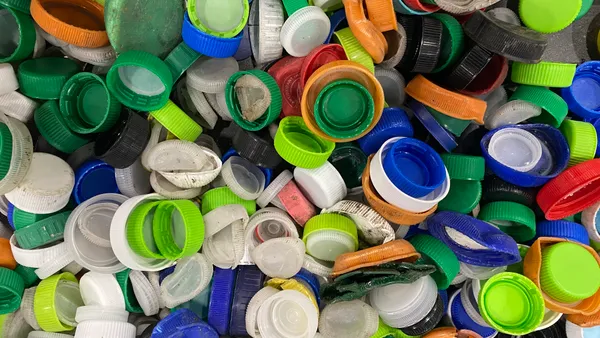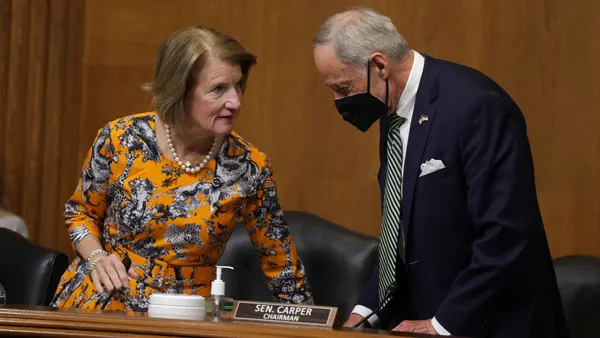Dive Brief:
- The National Waste and Recycling Association (NWRA) and the Solid Waste Association of North America (SWANA) released an eight-page document to educate elected industry officials on emerging waste management technologies, according to a press release.
- This document — written as a brief and a checklist — encourages municipal leaders to be highly aware of the benefits and disadvantages of anaerobic digestion, mixed waste processing, transesterification, gasification and pyrolysis.
- The checklist also poses a series of questions on various aspects of each facility — technologies, feedstocks, preprocessing, process, outputs, projects, finances, regulations — that leaders should feel comfortable answering when reviewing proposals for waste management infrastructure.
Dive Insight:
This guidance follows a similarly-themed event on assessing the risk of various conversion technologies hosted by SWANA in Maine last month. As more municipalities look for new ways to maximize revenue from their waste streams or achieve high diversion rate targets, it can be tough to decide which approach is best for them.
Regional material markets, infrastructure costs, permitting requirements and other factors all make the factors behind each potential project unique. Having a standardized framework to assess ideas can potentially help municipalities figure out how to design a request for proposals or evaluate local investment opportunities. Asking the right questions about new companies or untested technologies is important to ensure municipalities aren't taking on undue risk.
Performing this due diligence will also help municipalities communicate the benefits of new projects to local residents. As seen multiple times, once public support is lost it can be hard to win back and a fair siting process is key to a project's ongoing success.




